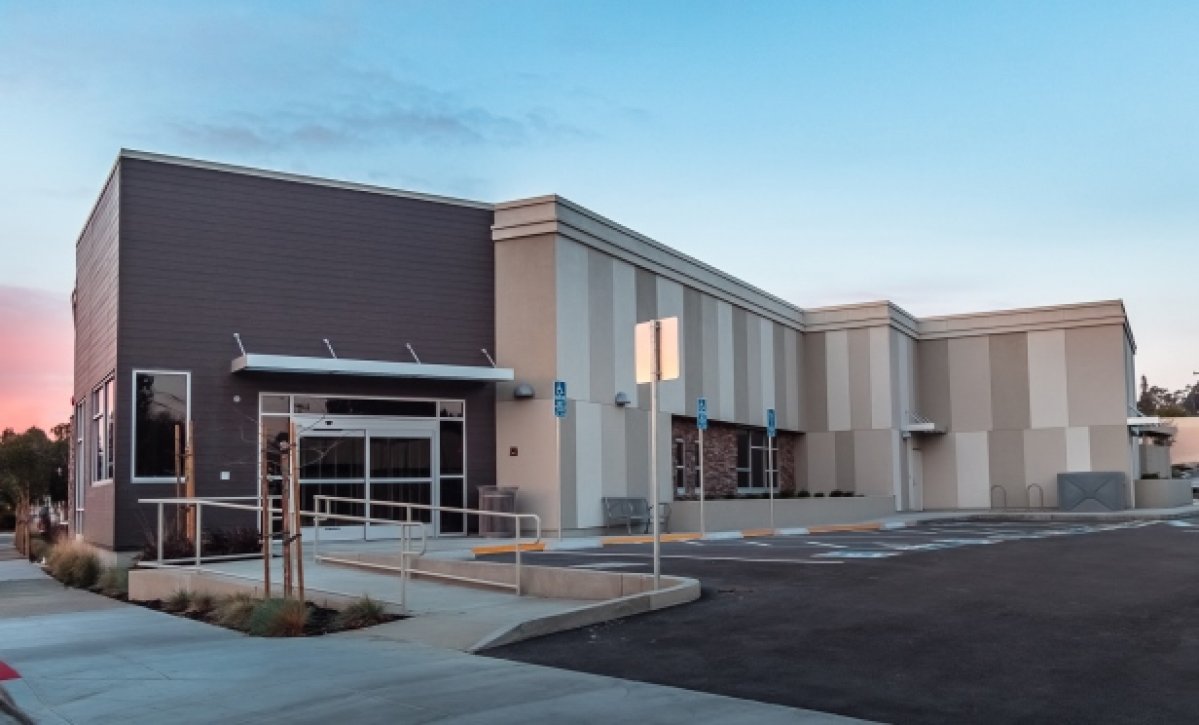
SAN RAMON, CA—Meridian has been focused on healthcare development since early 2000. Its next projects in Modesto, Oakland and Castro Valley are close to major healthcare providers such as Kaiser facilities and Sutter Eden Medical Center hospital. John Pollock, CEO of San Ramon-based Meridian, recently discussed trends and elder care in the second of a two-part exclusive.
GlobeSt.com: What are some of the healthcare development trends you are seeing throughout the Bay Area?
Pollock: It is an exciting time in healthcare. We have healthcare systems vying for market share while trying to manage the health of their members. We have a legislative environment that keeps us guessing, and there are major employers here in the Bay Area trying to disrupt the marketplace. There is also a continued pressure on reimbursement rates, and the need for systems and providers to drive cost out of the system. These macro trends are more acute in the Bay Area as a result of the scarcity of both land and available buildings as well as rising costs. The systems/providers demand the most efficient and flexible space possible to maximize the number of patients that they can see to combat the lower reimbursements, and to be designed in a way that can accommodate future technological advancements. New space that is more efficient, smaller, more visible and easier for patients to access will help to build the case for a new space or the adaptive re-use of an existing building.
We have several client assignments focused on behavioral health facilities. With the significant shortage of available space and the challenge of getting new outpatient facilities approved even though there is an acute need, we have had to thread the needle very carefully working with the communities, the respective municipalities on zoning and to find the right sites or buildings that minimize the impact.
The recent announcement by Amazon, which recently teamed with JP Morgan and Berkshire Hathaway to figure out a way to change the trajectory of healthcare for employees, has healthcare insurance providers on notice. While it remains to be seen what will happen, they are a formidable group that has the resources to bring about significant change. It reminds me of the story of how Kaiser started when Kaiser Aluminum became frustrated with the then-current situation around healthcare during the late 1930s and 1940s. It was opened to public enrollment in July 1945.
Closer to home here in the Bay Area, Apple has announced that it is launching medical clinics to deliver the world’s best health care experience to its employees and their families this spring. The company has advertised for doctors, health coaches and designers to create a program to promote healthy behavior. I anticipate wearables will be part of that plan. It’s far cheaper to prevent disease than treat people who are already sick. Health problems result in 69 million workers reporting missed days each year, reducing economic output by $260 billion per year, according to the US Centers for Disease Control and Prevention.
GlobeSt.com: Is there anything else you would like the readers to know?
Pollock: We are also working with new entrants to the market and recently signed a lease with a PACE Provider/Program for the All-Inclusive Care for the Elderly. The PACE program can trace its origins back 40 years to Chinatown in San Francisco. There are approximately 166 programs nationally and they provide care for the elderly in their respective communities, who would have otherwise had to go to a nursing home. Legislative changes to the program in 2015 have opened the market to new providers and the benefits are the care provided, the physical environment for the delivery of care and the fact that on the average, care can be provided at 13% reduction from the cost of a nursing home. It is the kind of disruption the industry needs.
http://www.globest.com/2018/03/30/healthcare-macro-trends-more-acute-in-bay-area